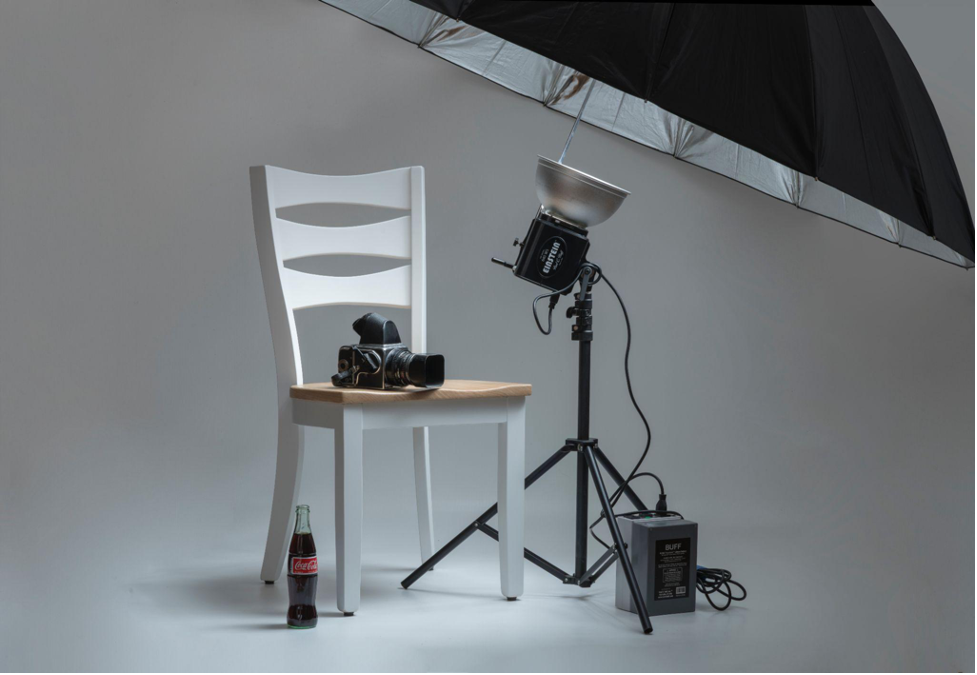The JPEG group introduced the first JPEG standard in 1992. The first version of PNG was released on 1 October 1996. Today, you can find dozens of image formats for images. However, not all of them are helpful when it comes to photography.

Before you store your photography in any format, you need to know the specifications. Otherwise, you might end up losing or damaging data.
Types of Image Formats
JPEG
JPEG, one of the most frequently used image formats, is famous for the convenience it offers. However, there is a downside to this popular file type, which is low quality. The more changes you make, the more its quality is degraded.
Usage: JPEG is an ideal choice for sharing files. Because of their compressed nature, they load quickly. An amazing benefit of using JPEG is it will never be deemed unacceptable.
As mentioned, JPEG is one of the most common file types, which means almost every device and application supports it.
TIFF
TIFF is one of the most high-quality image formats. However, in contrast with JPEG, it takes a lot of space. Due to the large file size, it is usually inconvenient for web usage.
One advantage of TIFF over JPEG is that it doesn’t degrade the quality of the image with every minor change.
Usage: The most common usage of TIFF includes printing. Other than printing, you can also use TIFF files for long-term storage.
PNG
PNG is also a lossless format like TIFF used by 79.8% of websites. One of the best features of PNG is that it supports a transparent background. In file types like JPEG, you are confined to a solid background, which makes your choices limited.
Usage: The most common use of PNG is for logos and infographics. They can help you make the graphics clean and sharp.
RAW
As the name suggests, the RAW format is the original file. It is the unprocessed information, which you take straight out of the camera without any changes. Though RAW files might not look promising at first sight, there is a lot of space for editing.
Usage: Professional photographers can capture the moments in RAW and then edit them without any limitations. Consequently, it will be easy for them to correct their mistakes.
Looking for Storage Solutions!?
All these image formats have their pros and cons. However, one hurdle that hinders your way in every choice you make is storage.
Skip the hassle of compressing your images because of storage issues and use ImageCoast for advanced image hosting.
